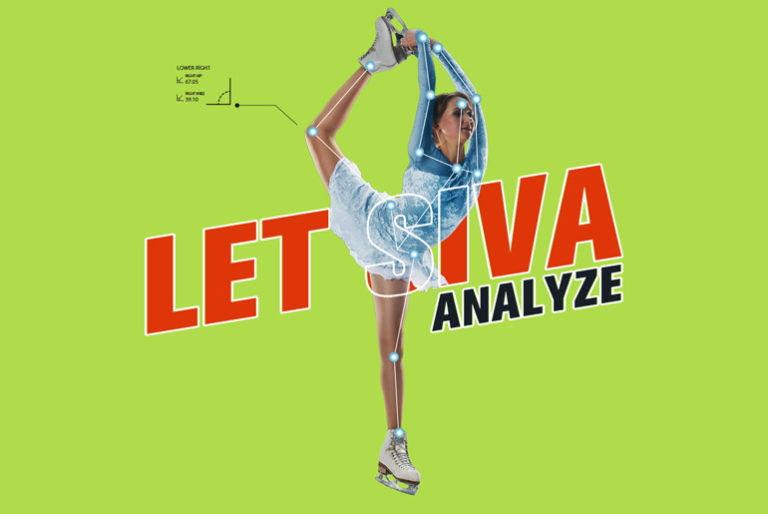It’s believed that Scandinavians were the first to develop the ice skate. Archaeological records found in the region have documented primitive forms of ice skates which used animal bones attached to the boot to function as the blades.
Early European skates didn’t actually cut into the ice, requiring the user to move across the ice by gliding, however by the late 14th century, the Dutch had started to develop wooden platform skates that incorporated iron runners. These were attached to the skater’s shoes using leather straps and poles were used to propel the skater forward. This allowed skaters to both push and glide with their feet creating the technique known as the “Dutch Roll” which is still used today.
In the mid 19th century, an American ballet dancer and figure skater Jackson Haines helped birth what has become modern figure skating. He also helped develop a new type of skate, the two plate all metal blade. This attached directly to the sole of Haines boots which greatly enhanced the agility and performance of the skates. A few years later, he also added the first toe pick to the skates, allowing jumps to be possible while in motion. This helped transform the sport and has led to the incorporation of spectacular jumps and movements which have made it such a mesmerizing sport to spectate.
The worlds first artificial ice rink named the Glaciarium was built in 1876 at Chelsea London, making ice skating much more available to the general public. The rink measured 40 by 24 feet and proved to be a major success, which led to the creation of several other significantly larger rinks in Manchester and London. The popularity of the sport grew from there, with figure skating making its first appearance in the Summer Olympic Games held at London in 1908. In 1924, the sport was transferred to become a permanent part of the Winter Olympic Games.
Figure skating is all about athletes understanding the rhythm of their body, which allows them to control their agility, balance, coordination and flexibility. The sport captures the world’s attention at every Winter Games with athletes demonstrating elegance and gracefulness alongside explosive feats of strength and speed. Skating professionals are very disciplined, dedicating an incredible amount of time to perfect their routines while developing both their mental and physical strength.
Video Analysis has become a huge part of competitive figure skating, allowing athletes to meticulously study their routines. By using video analysis tools like side-by-side comparison and slow motion, athletes can identify weaknesses in posture and body movement. This data provides insight that allows skaters to focus their training efforts and perfect their technique. Up until now however, video analysis has historically been a slow process, with the user having to draw lines and map out angles frame-by-frame. The introduction of SIVA, Sprongo’s new intelligent video analysis software changes all of this.
SIVA combines artificial intelligence and machine learning together to deliver the most sophisticated video analysis software solution to date. SIVA automatically processes your video, identifying the subject and automatically creating a skeleton that provides angular measurements of the athletes legs, hips, shoulders and arms. This cuts out an enormous amount of manual time, quickly providing a plethora of data and insights into a skater’s performance and routine.
SIVA is already used by professional athletes around the world. You can try it out for yourself by visiting www.sprongo.com and signing up for a Pro account today.


